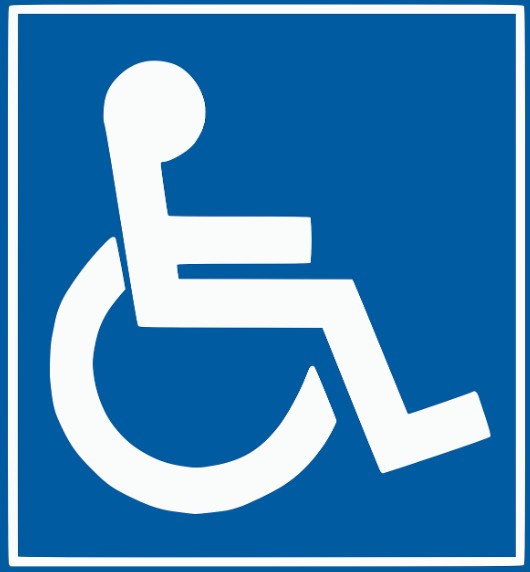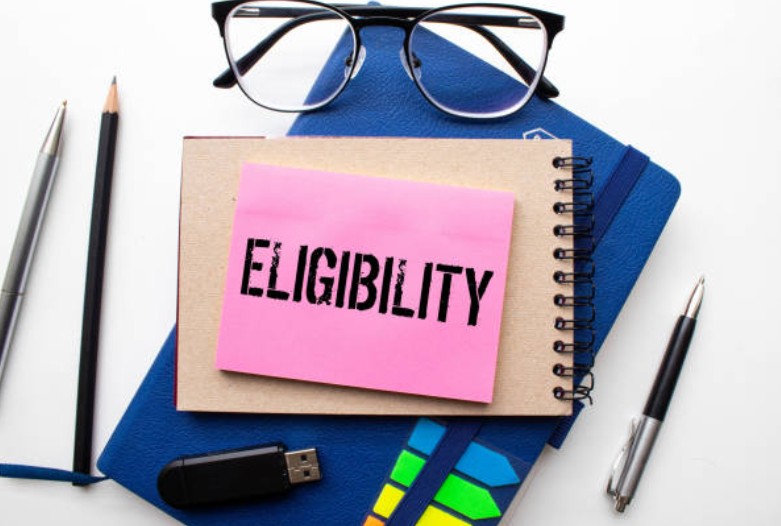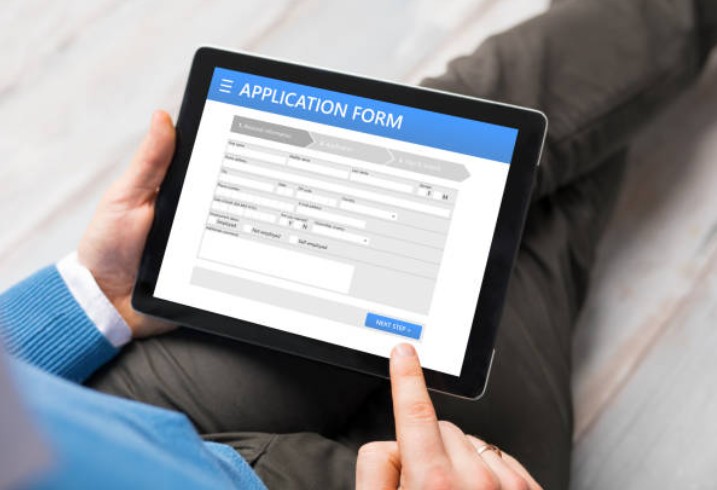If you’re searching for how to get a Blue Badge in the UK, you’re not alone. Every month, thousands of people ask the same question — whether for themselves, a child, a parent, or someone they care for. But the answers aren’t always straightforward, and the guidance from official websites can leave many feeling confused or overwhelmed.
This guide is designed to cut through the noise. We’ll walk you through the process from start to finish — and include real-life stories, uncommon tips, and a look at the parts of the process most people aren’t prepared for.
Whether you live in a busy London borough or a quiet rural town, if you’re in the UK and wondering how to get a Blue Badge, this guide is for you.
What Is a Blue Badge and Why Does It Matter?

A Blue Badge is more than just a parking permit. It’s part of a UK-wide scheme designed to help people with disabilities or health conditions park closer to their destination — be it work, school, the shops, or a GP surgery.
But it’s not just about convenience. For many, it represents independence, dignity, and equal access to everyday life.
With a valid Blue Badge, you may be allowed to:
- Park for free in pay-and-display bays
- Stay longer in time-limited bays
- Park on yellow lines (in some cases)
- Access restricted areas (such as Low Traffic Neighbourhoods, depending on local policy)
In England, Scotland, Wales, and Northern Ireland, eligibility is governed by both national criteria and local authority interpretation — which means experiences can vary from one council to another.
How to Get a Blue Badge?
This is the core question people search every day. Getting a Blue Badge involves applying to your local council with detailed evidence of how your condition affects your ability to walk or navigate public spaces.
Here’s how the process works:
-
Check eligibility (automatic or discretionary)
-
Gather medical evidence (letters, assessments, personal statements)
-
Apply online via gov.uk/apply-blue-badge or through your local council
-
Attend an assessment if required
-
Wait for a decision (usually 6–12 weeks)
If successful, your badge is valid for three years and costs up to £10 in England (free in Scotland/Wales).
Who Is Eligible for a Blue Badge?
There are two categories: automatic eligibility and discretionary eligibility.
1. Automatically Eligible Individuals
You may automatically qualify if you meet any of the following conditions:
- You receive the higher rate of the mobility component of Disability Living Allowance (DLA)
- You receive Personal Independence Payment (PIP) with a score of 8 points or more in the ‘moving around’ activity
- You are registered as severely sight impaired (blind)
- You receive the War Pensioners’ Mobility Supplement
- You receive a lump sum payment under the Armed Forces Compensation Scheme (tariff 1–8), and have a permanent disability
If you meet one of these, the process is typically smoother, though you will still need to submit documentation.
2. Discretionary Eligibility

If you don’t meet the automatic criteria, you may still qualify if:
- You have a permanent and substantial disability that affects your mobility
- You cannot walk or have considerable difficulty walking
- You have a hidden disability (such as severe anxiety, autism, PTSD, or dementia)
- You are a parent or guardian of a child with substantial mobility needs or safety concerns in traffic
This category is where most confusion arises — but also where persistence pays off.
A Real Story: Sarah from Cardiff
“I have fibromyalgia and rheumatoid arthritis, but I don’t use a wheelchair, and I’m under 50. The first time I applied, I was rejected — they said I didn’t provide enough evidence. The second time, I attached hospital letters, a letter from my physio, and a week-long pain diary. I was approved two weeks later. It felt like a win for people with invisible illnesses.”
Lesson: Don’t give up after the first rejection. Many Blue Badge approvals happen after appeals or resubmissions with stronger documentation.
How to Apply for a Blue Badge?
Applications can be submitted online via the official GOV.UK Blue Badge portal, or directly through your local council.
Here’s what you’ll typically need:
- A recent passport-style photograph
- Proof of identity (e.g., passport, birth certificate, driving licence)
- Proof of address (e.g., council tax bill, utility bill)
- National Insurance number
- Details about your medical condition or disability
- Medical evidence such as letters from consultants, recent prescriptions, appointment records, or a care plan
The form will ask specific questions about your ability to walk, any equipment you use (like walking sticks or crutches), and how far you can walk before stopping. Be as accurate and detailed as possible.
How to Strengthen Your Application?

This is where many people go wrong — they submit minimal information, assuming the council will “just understand.” In reality, local authorities make decisions based on evidence. Here are some practical ways to boost your application:
- Get a letter from your GP, consultant, or physiotherapist. The more specific they can be about how your condition affects your mobility, the better.
- Keep a mobility diary. Track how far you can walk, how often you need to rest, pain levels, and how your condition varies from day to day.
- Photographic evidence. If your condition affects your posture or gait, photos or videos of you walking (with or without aids) can be powerful.
- Describe real scenarios. For example, “I can only walk from my house to the corner shop, a distance of 70 metres, before I experience shortness of breath and severe leg pain.”
Hidden Disabilities and the Blue Badge
Since 2019, the government has widened eligibility to include those with non-visible conditions. This includes mental health conditions and developmental disorders that affect movement, decision-making, or awareness of danger.
John, Leeds:
“I suffer from PTSD and social anxiety. I avoid crowded spaces and panic easily. Shopping centres and car parks are often overwhelming. I submitted a letter from my community psychiatric nurse and described my coping strategies and limitations. The badge made it possible for me to visit my local high street again.”
Lesson: Hidden disabilities are valid. If this is your situation, be detailed and honest — the system is slowly catching up.
What Happens After You Apply?
After you’ve submitted your application, here’s what to expect:
- Assessment: Some councils may invite you for a mobility assessment with an occupational therapist or specialist.
- Follow-up: You may be asked for further evidence if something is unclear.
- Decision: You should hear back within 6 to 12 weeks.
- Fee: If approved, you’ll usually be asked to pay a small fee — typically £10 in England. (Fees may vary in Scotland, Wales, and Northern Ireland.)
- Delivery: Your Blue Badge will be posted to your home address. It is usually valid for three years.
What If Your Application Is Rejected?
If your application is refused, you have the right to:
- Ask for a written explanation of the decision
- Request a review or submit an appeal
- Provide further evidence to strengthen your case
- Contact a local disability charity or Citizens Advice Bureau for support
Persistence matters. Many people are successful on their second or third application once they better understand what the council needs to see.
Why Local Businesses Should Care About Blue Badges?
Blue Badge accessibility isn’t just about compliance — it’s good for business. Making your premises accessible builds goodwill, widens your customer base, and supports the local community.
If you own or manage a business:
- Make sure accessible parking bays are clearly marked and properly enforced
- Train staff to assist disabled customers with discretion and respect
- Offer assistance schemes for those who may struggle in your store or premises
A more accessible town centre benefits everyone — from parents with pushchairs to elderly residents and people with chronic conditions.
Final Thoughts: The Badge Is Worth It
Getting a Blue Badge may feel like a mountain of paperwork, but for those who need it, it can transform daily life. From hospital visits to family outings, a Blue Badge means less stress, less pain, and more inclusion.
Your condition, whether visible or not, is valid. With patience, the right documentation, and persistence, the Blue Badge can open doors — literally and figuratively.

Leave a Reply